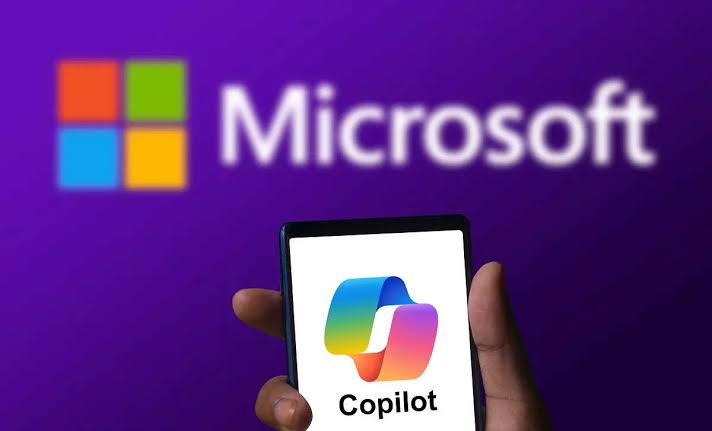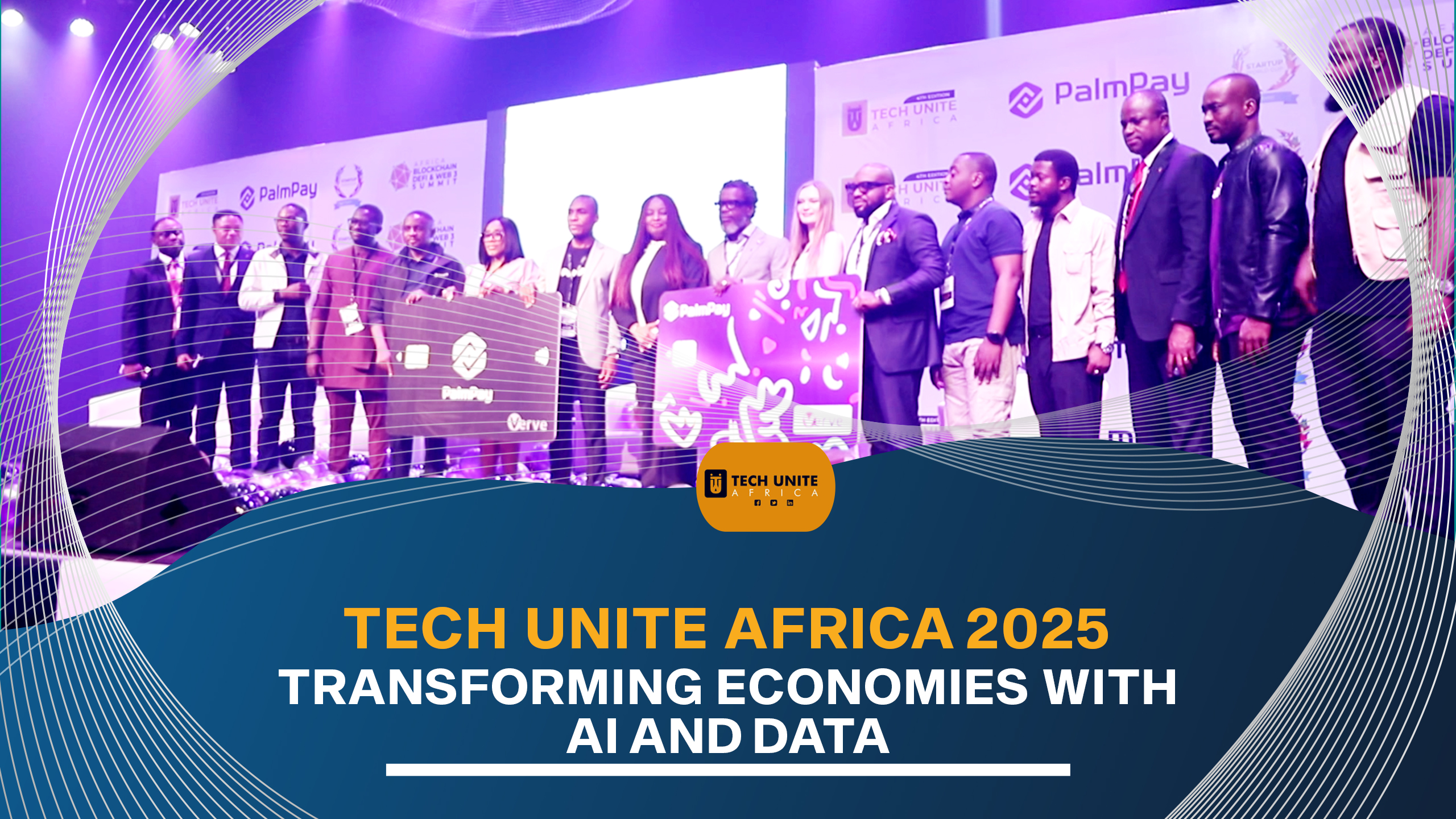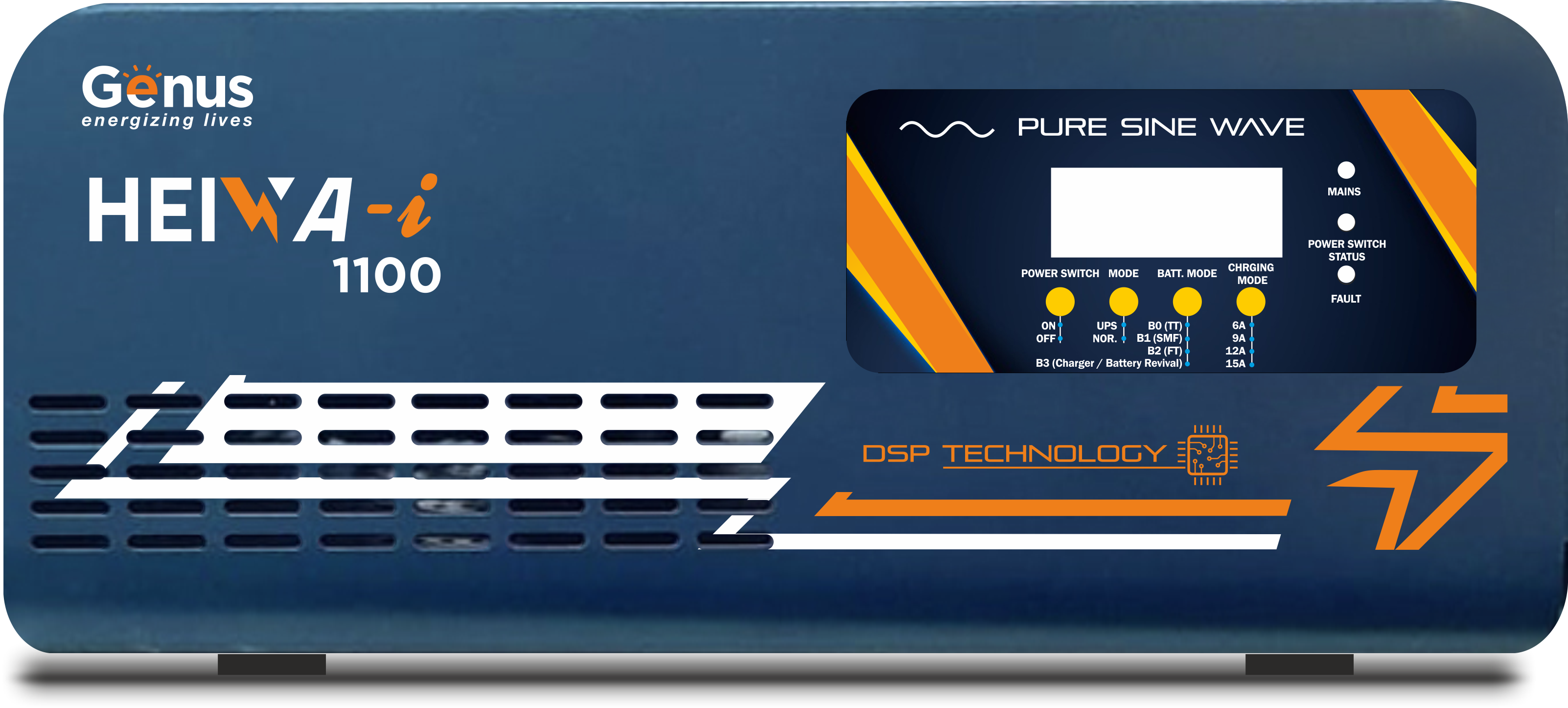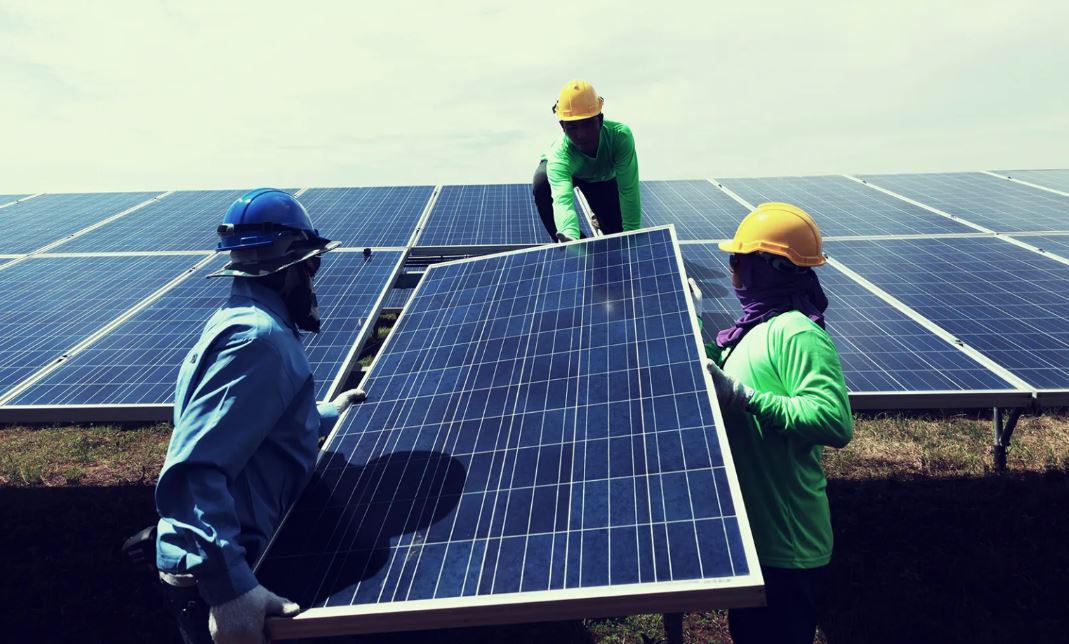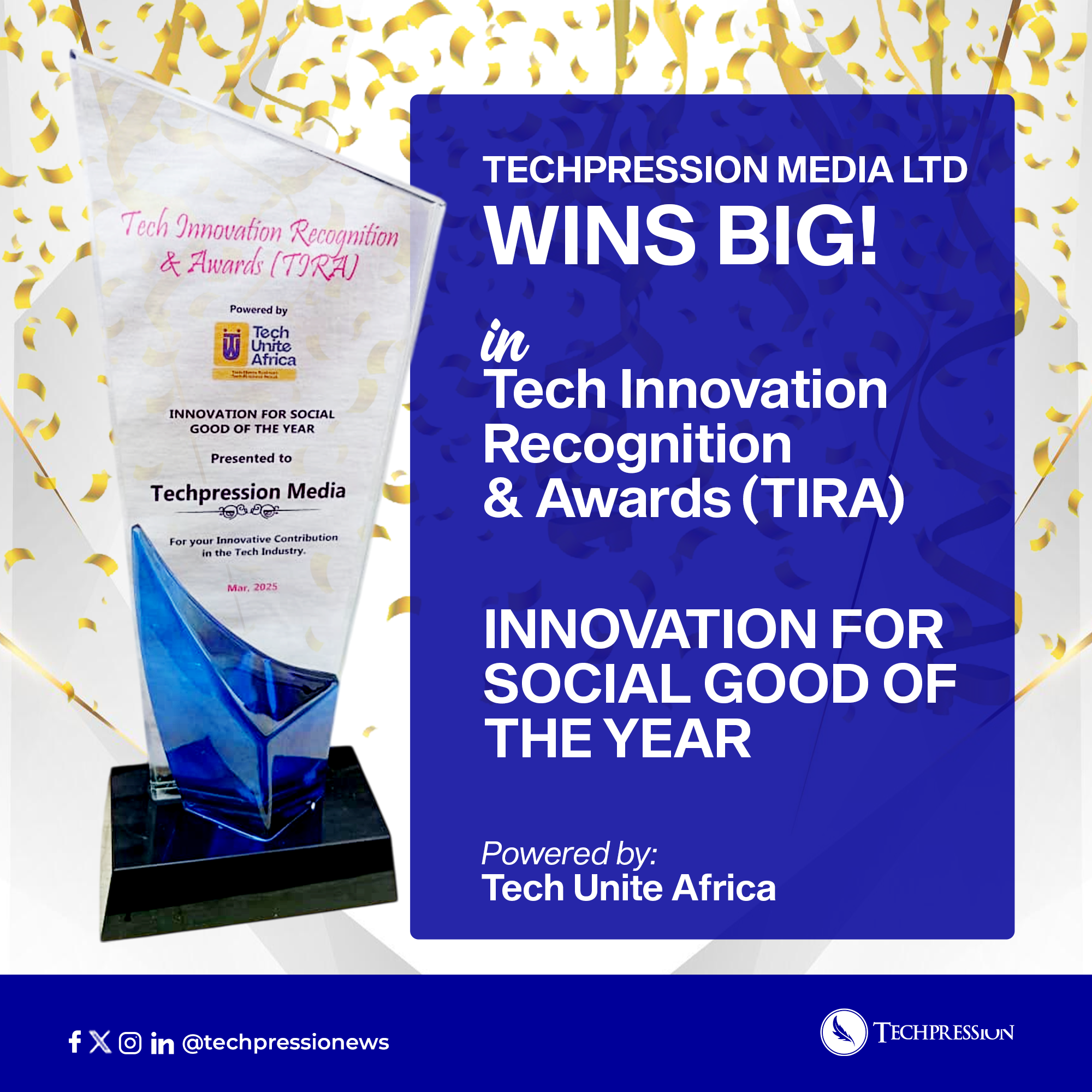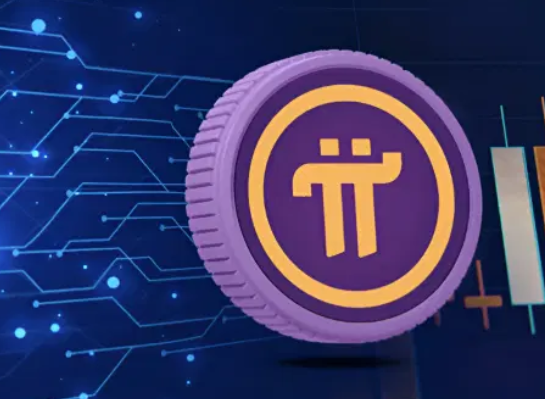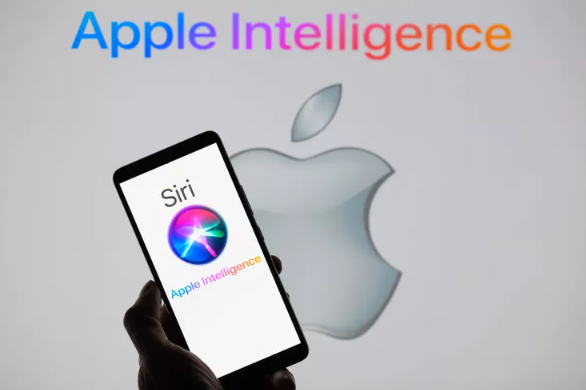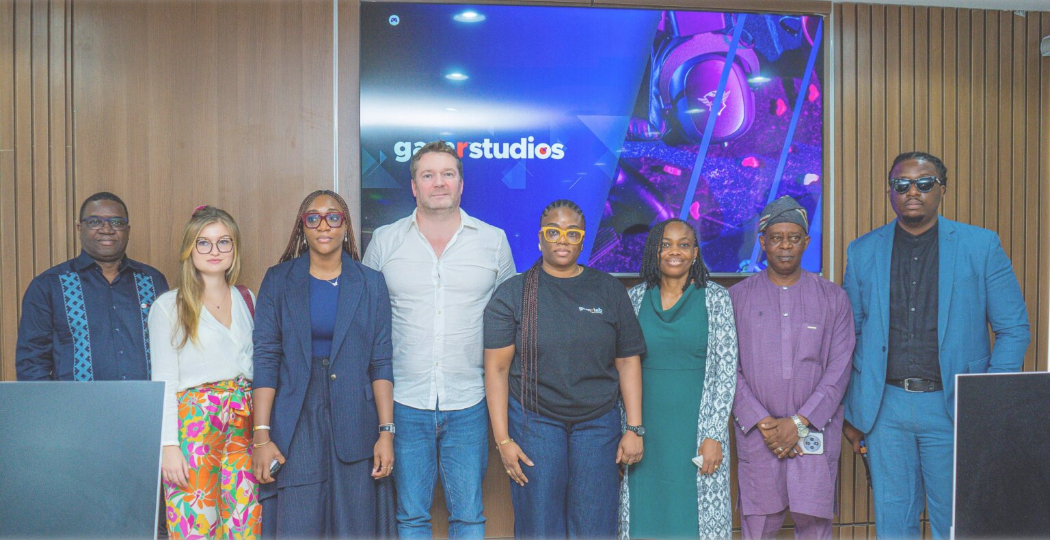Rack Centre, based in Lagos, Nigeria, is West Africa’s leading carrier-neutral, Tier III certified data centre, driving the region’s digital transformation. Established in 2012 under Jagal Investments, it has become a cornerstone of innovation and connectivity since launching operations in 2013. As Nigeria’s digital economy grows—fueled by 48 percent broadband penetration and a tech-savvy youth—Rack Centre is meeting the demand for reliable, scalable infrastructure.
Excellence in design and operation
Rack Centre boasts Africa’s only Tier III Constructed Facility Certification from the Uptime Institute, ensuring 100 percent uptime—a record it has upheld for over a decade. Its carrier-neutral model connects over 20 local and pan-African carriers, providing access to all undersea cables along the South Atlantic coast. This flexibility allows businesses, telecoms, and cloud providers to optimise traffic, reduce latency, and enhance resilience, making it the region’s most interconnected data centre.
In 2025, Rack Centre unveiled its Lagos 2 (LGS2) facility, a 12-megawatt IT load data centre that doubles Nigeria’s capacity. Spanning 3,240 square metres with six 2 MW data halls, LGS2 is hyperscale and AI-ready, designed for modern demands like high-performance computing. Powered by a 25 MVA utility supply, gas turbines, and diesel generators—with plans for solar integration—it ensures scalability and efficiency. Certified with IFC EDGE for sustainability, LGS2 is a pioneer in green building standards across Africa, Europe, and the Middle East.
Read Also: Beyond Limits to host DICE3.0, connecting Africa’s tech and business leaders
CEO Lars Johannisson highlights its relevance: “AI adoption is outpacing PCs and the internet. Cloudification and digitalisation are real, and LGS2 is built for that.” COO Ezekiel Egboye adds, “AI demands 10 to 20 times more processing power. Robust infrastructure and power are critical,” with natural gas reducing costs and boosting sustainability.
Rack Centre’s open ecosystem fosters collaboration among networks, cloud providers, and the Internet Exchange Point of Nigeria. Hosting AWS Direct Connect and engaging in global forums like Capacity Middle East, it attracts tech giants seeking scalable solutions in West Africa’s largest market. This enhances local cloud adoption and data sovereignty, spurring economic growth and job creation.
Beyond technology
Rack Centre’s influence extends to sustainability and inclusion. Its solar energy plans and IFC EDGE certification earned it a finalist spot for the 2023 Africa Tech Festival’s Sustainability Champion award. Celebrating International Women’s Day 2024 with #Inspireinclusion, it promotes diversity in tech. Participation in events like the Nigerian Peering Forum underscores its role in shaping the region’s digital landscape.
A vision for the future
With LGS2 as a foundation, Rack Centre aims to expand tenfold across West Africa, supporting AI, cloud computing, and digital services. Its track record, sustainability focus, and innovative spirit position it as a leader in Africa’s tech ecosystem. As Nigeria and the region embrace digital growth, Rack Centre is proving that with cutting-edge infrastructure and vision, Africa can compete globally.

